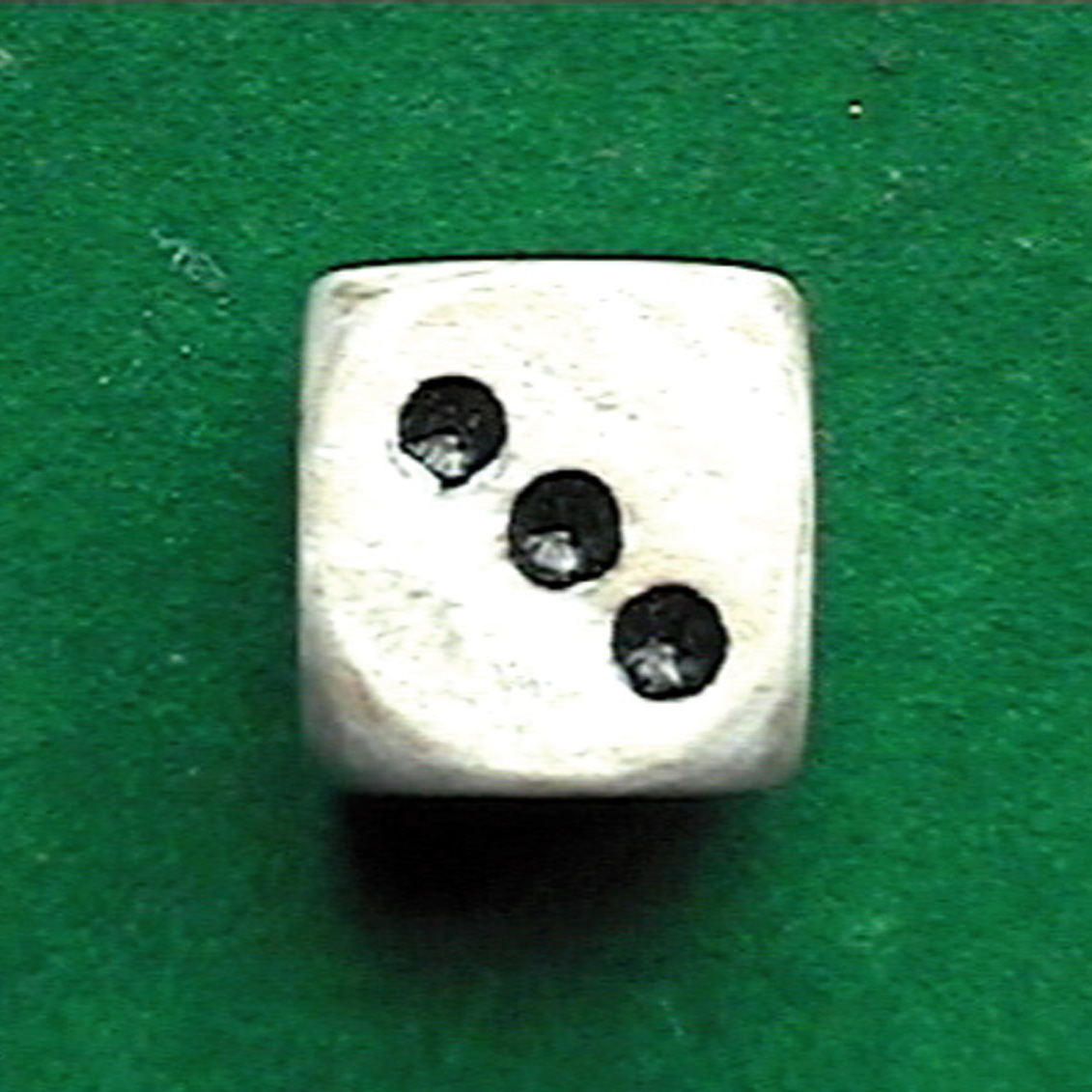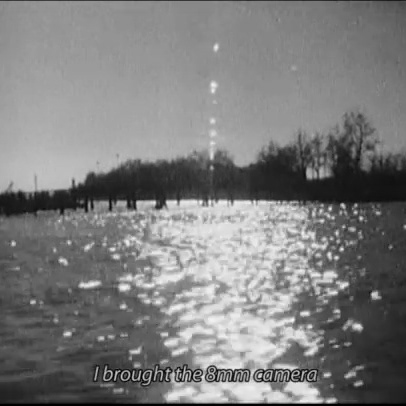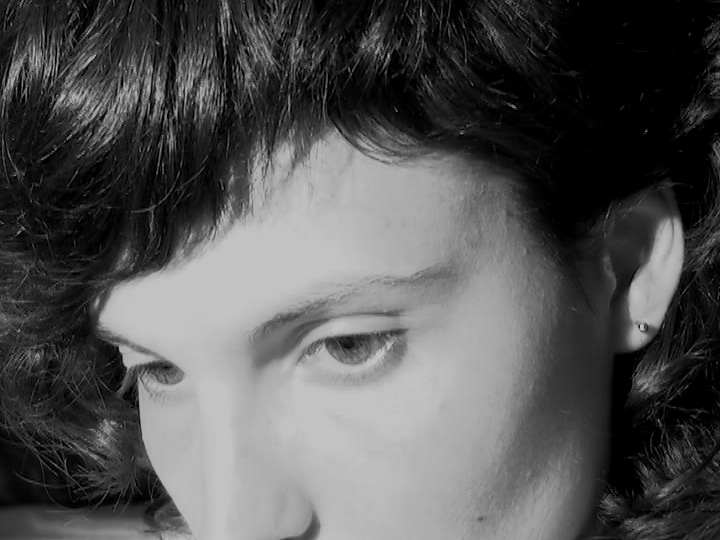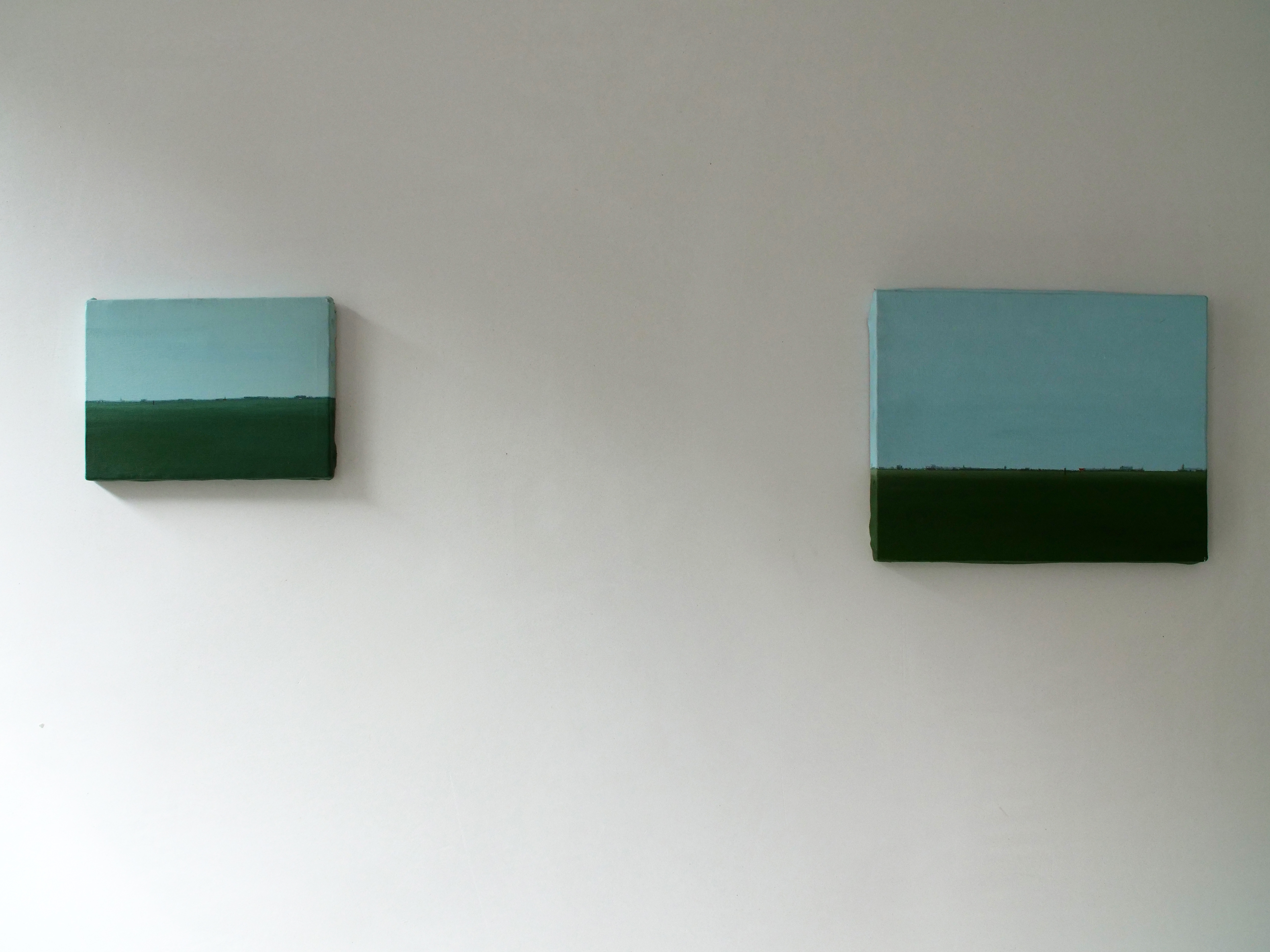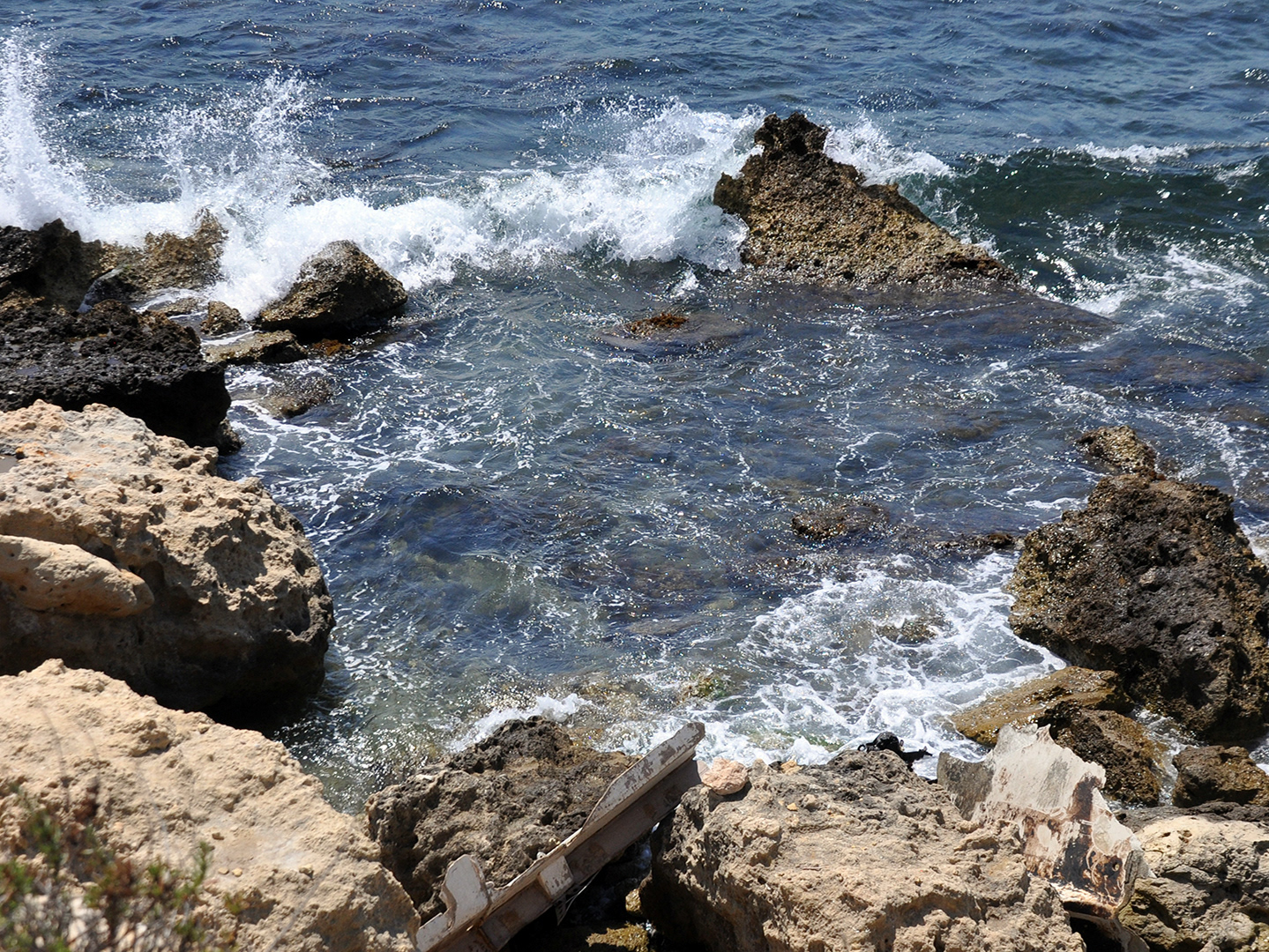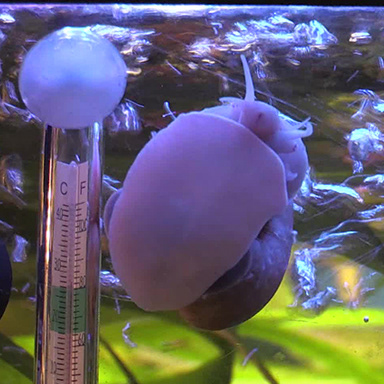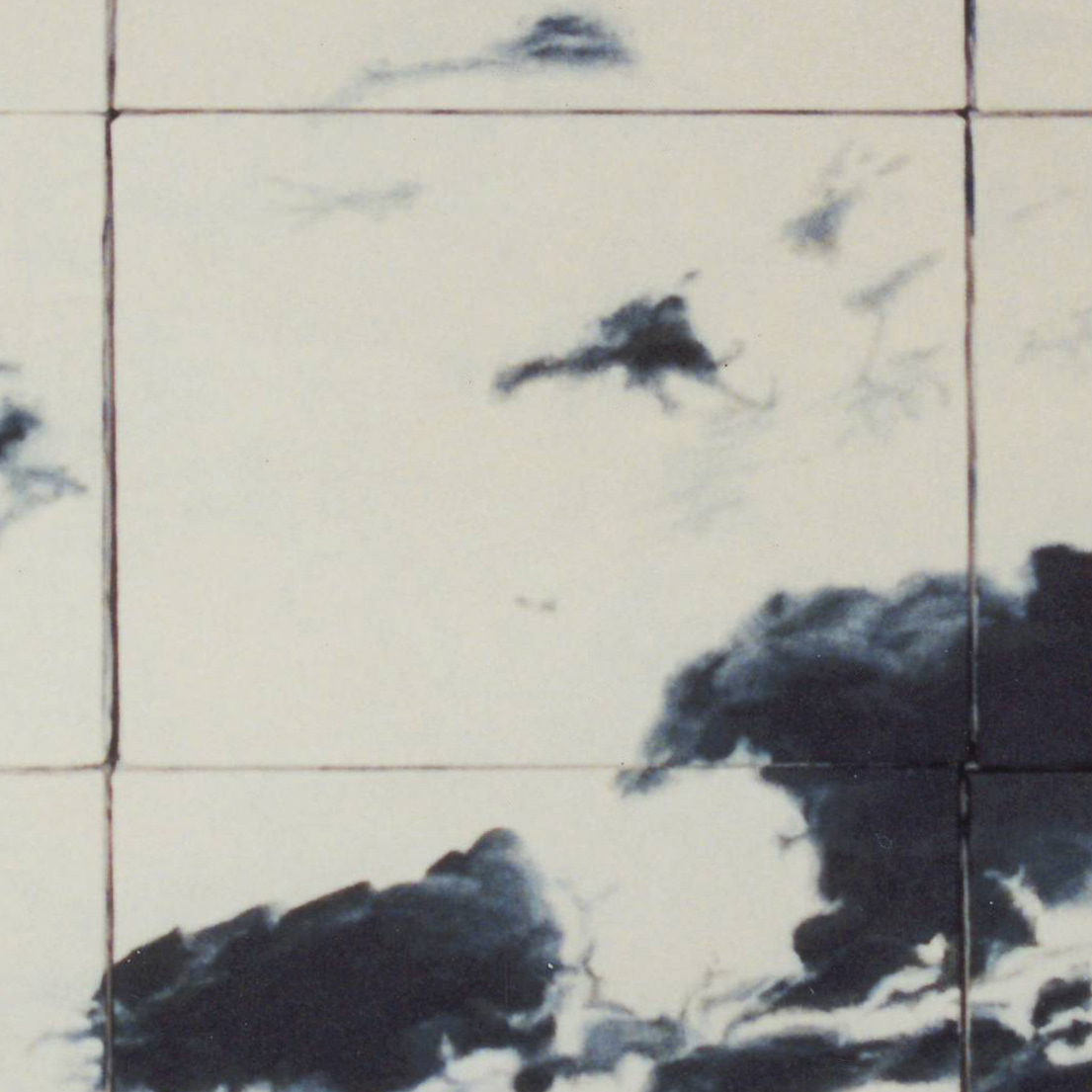Oefeningen in intermedialiteit
PhD Project
PhD Project
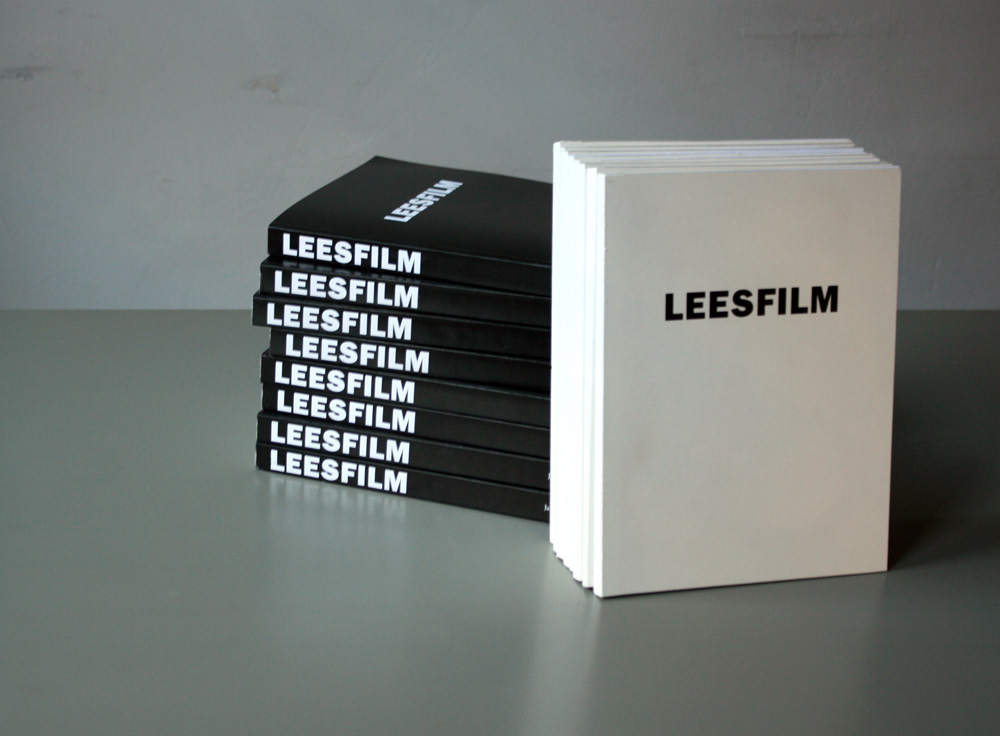

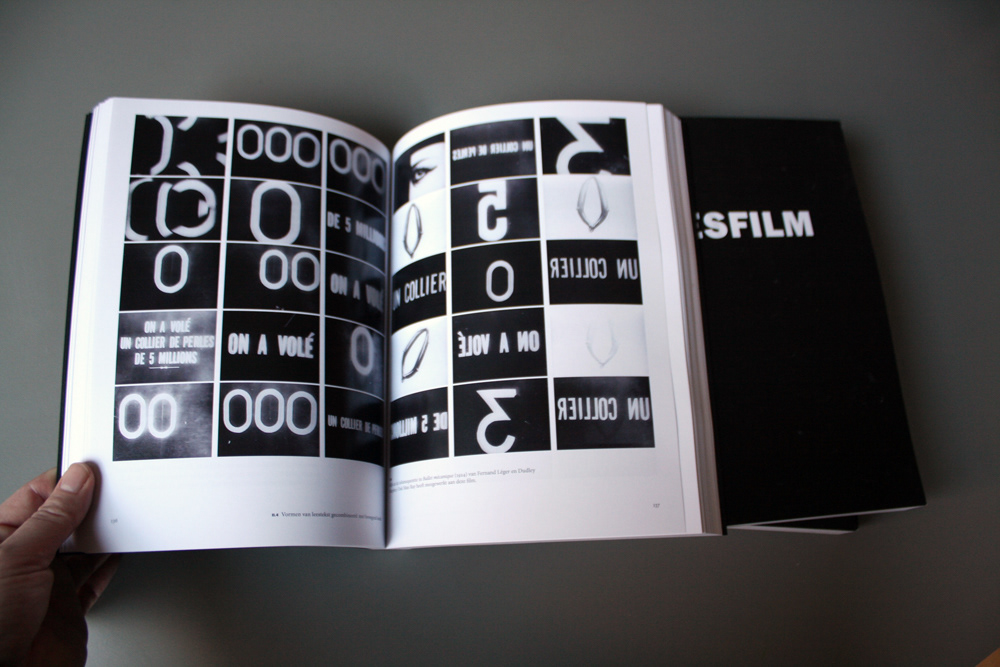



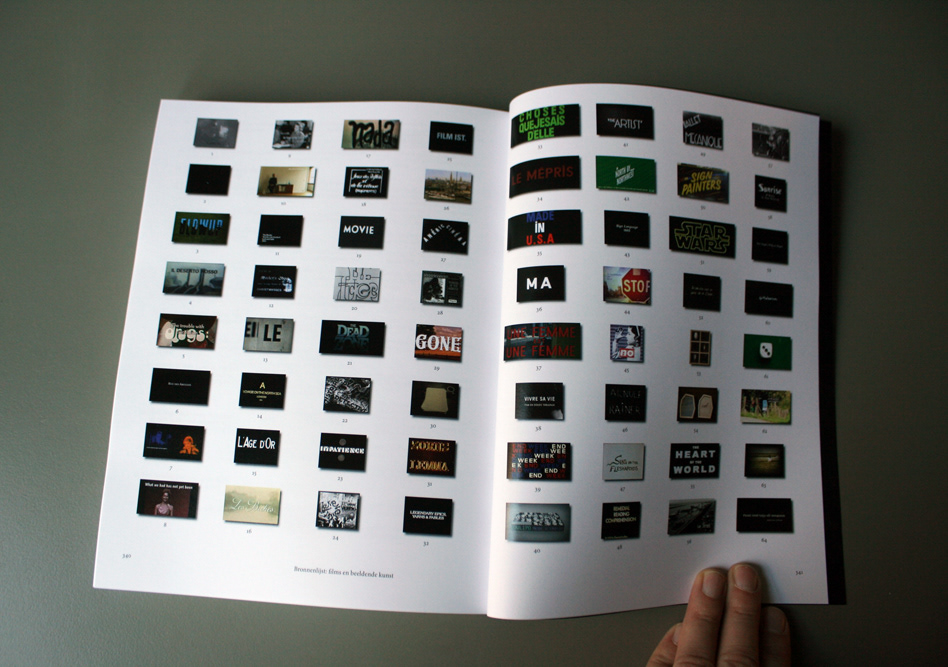
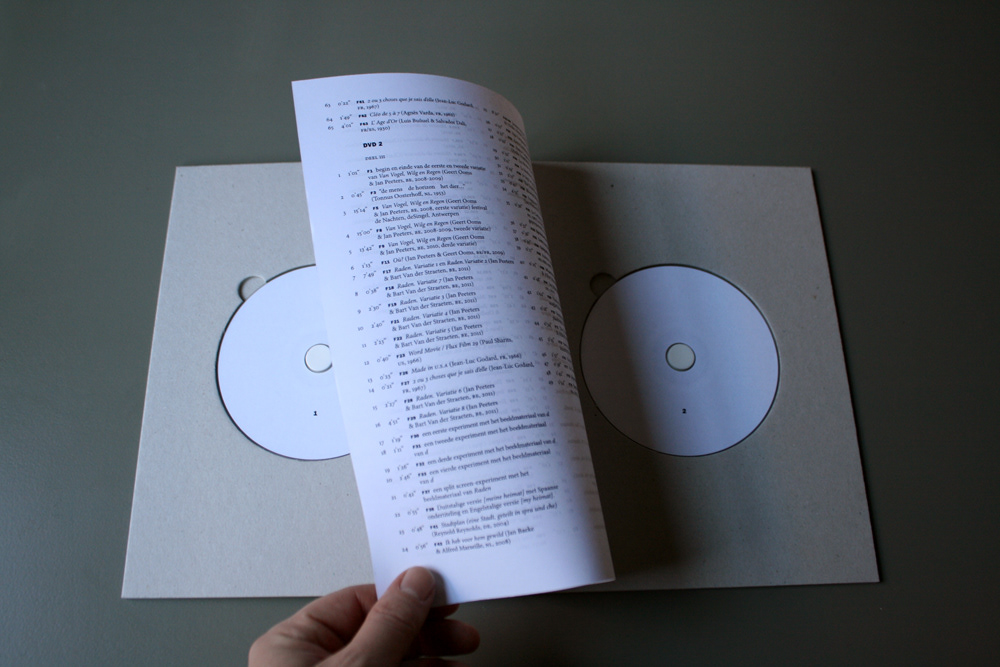
A Reading Film. Exercises in Intermediality
The compound neologism ‘reading film’ ('leesfilm' in Dutch) combines reading and moving image, script and watching. Thus, the classic core concept ‘film’ – in which image, sound and word are forged and welded together to support one another in a complementary way, in order to drag the audience in the filmic fiction experience – is set aside. Once detached from the codes and formulas from mainstream film, the potentialities of the media combination between moving image and word can be significantly extended, especially when the syntaxes of cinematic and linguistic language get unlocked, as in experimental film and poetry.
The maker of a reading film, however, has to walk a tightrope: by combining word and image, the work becomes a sort of double space (and hence, a double time) that we could call a small ‘multiverse’ in which two different codes act upon the imagination of the spectator. Or to put it with Marcel Broodthaers: « La grande difficulté, c’est évidemment l’harmonie entre ces éléments. » (‘The difficult thing, of course, is the harmony between these elements.’) Therefore, the main question of the research project A Reading Film is as simple as the answer is complex: how can text, in the form of script, and image, as moving photographic images, be combined?
In order to gain control over the working process that incorporates filming, writing and editing, one needs a deeper understanding of the combined effect of word and image. The research aims at generating useful insights into this matter. The search follows three parallel trails. My personal experience in experimenting with reading films (hence the ‘exercises’ in the subtitle), functions as compass for the research (practice led research), i.a. to determine which new experiments can be set up, or to give direction to the two other trails: assembling relevant theory, and looking at relevant practices. Theory on intermediality (e.g. W.J.T. Mitchell, R. Krauss, I. Rajewsky) refines and nuances the frame for word-image combinations, beyond the different ways of representation that both media embody prototypically; information from neuropsychological research supplies insights in the reading process; directions for subtitling translate this into practice. Furthermore, detailed discussions of practical examples – title sequences, intertitles, experimental films, poetry films – unveil the complexity that resides in the word-image combination. Inevitably, the theory and the examples have influenced the experiments (research led practice); this is made visible in the reflections on some of my own reading films. Thus, a number of paths and issues dealing with the word-image combination were worked out for the purpose of making reading films. Several practicable concepts emerged during the research: hybridisation and heterogenisation of the involved media, fragmentation and deconstruction, (il)legibility of text combined with moving image, layeredness and simultaneity.
The dissertation addresses primarily peers: it offers artists working in the same domain a structured, detailed, descriptive map with usable insights and case studies. Ergo, A Reading Film as a research project wishes to inspire, through the dissertation and through the experiments, of which some have found their way to international festivals. Finally, there is the hope that the research, through its exploration of the media layers in reading films, may contribute to the inclusion of language and literature in the massive development of the visual culture.
Defence: 6 March 2014, at Art Cinema OFFoff and Poëziecentrum, Ghent, Belgium.
Board of examiners: Prof. dr. Jan Baetens (supervisor), Mr. Dany Deprez (co-supervisor), Mr. Geert Van Goethem (co-supervisor), dr. Ann Laenen (chair), dr. Carolus Van Eyndhoven (secretary), Prof. dr. Yra Van Dijk (Universit of Leiden), Mr. Jan Baeke (Poetry International Rotterdam).
Board of examiners: Prof. dr. Jan Baetens (supervisor), Mr. Dany Deprez (co-supervisor), Mr. Geert Van Goethem (co-supervisor), dr. Ann Laenen (chair), dr. Carolus Van Eyndhoven (secretary), Prof. dr. Yra Van Dijk (Universit of Leiden), Mr. Jan Baeke (Poetry International Rotterdam).
Peeters J., Baetens J. (sup.), Van Goethem G. (cosup.), Deprez D. (cosup.), Leesfilm. Oefeningen in intermedialiteit, PhD Thesis, University of Leuven & luca School of Arts, 2014, 347 pp., 2 dvd's. Book design by Laurens Teerlinck.
Full text of the PhD: https://lirias.kuleuven.be/handle/123456789/434074.
Full text of the PhD: https://lirias.kuleuven.be/handle/123456789/434074.

